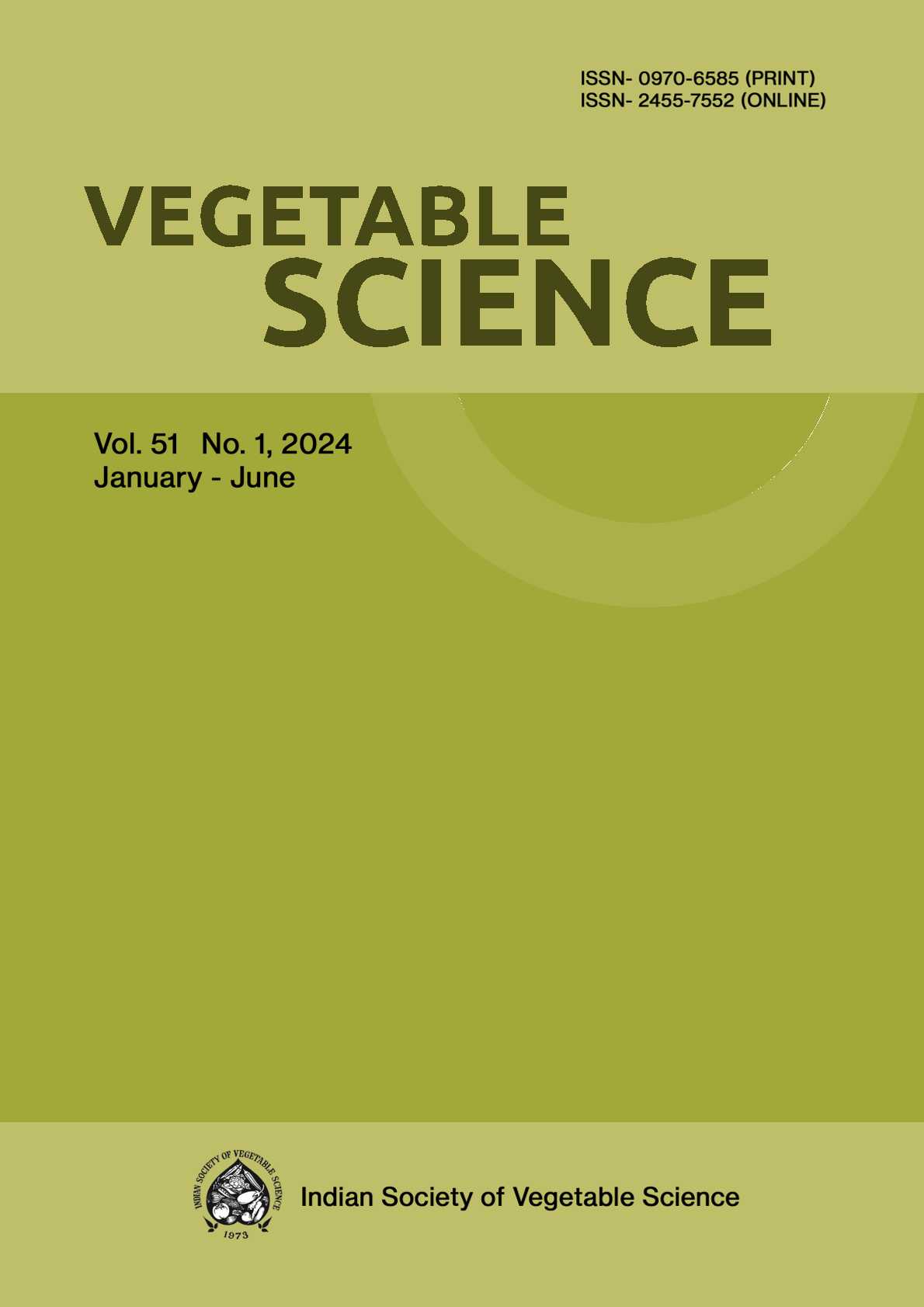Genetic variability studies in garlic (Allium sativum L.)
DOI:
https://doi.org/10.61180/Abstract
Garlic (Allium sativum L.) is the most important bulbous crop and widely cultivated Allium throughout country. It is consumed in many forms and valued highly for its characteristic flavour (Roy and Chakraborti, 2002). Although garlic cultivars are sterile and propagated vegetatively by cloves, they exhibit greater morphological variation between clones and thus genetic improvement is limited only to clonal selection, the effectiveness of this improvement programme therefore largely depends upon the magnitude of interclonal variability and further the heritability of this variability being carried forward into subsequent generations. Thus, the information on the native and magnitude of genetic variability present in the genetic stocks, heritability and genetic advance among various traits are of considerable use in selecting the suitable genotypes to include in future breeding programmes. The amount of work done on the genetics of the most important quantitative character i.e. yield is meager. Therefore, the present study was undertaken to estimate the genetic variability present in the Indian germplasm of garlic
Downloads
Published
Issue
Section
License

This work is licensed under a Creative Commons Attribution-NonCommercial-NoDerivatives 4.0 International License.






